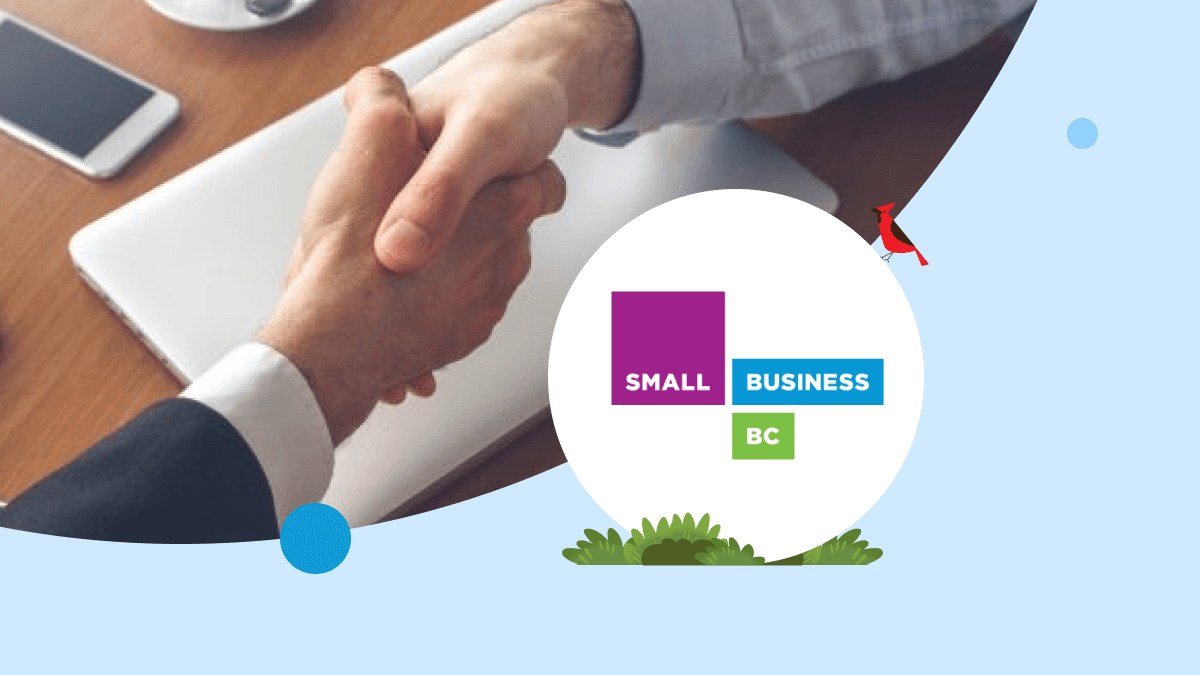Utah Governor's Office of Economic Opportunity are trailblazers.
The Utah Governor's Office of Economic Opportunity demonstrates speed, confidence, and commitment – everything that defines a community leader – as it delivers COVID-19 support for local businesses.
“We are the heartbeat of the state’s local business community,” said Ben Hart, Deputy Director for the Utah Governor's Office of Economic Opportunity (GO Utah). “We serve as the liaison between business owners and state operations, helping small businesses grow during good times and survive any storm brought on by the bad times.”
GO Utah’s mission is to enhance the quality of life by increasing and diversifying Utah’s revenue base and improving employment opportunities. In other words, it manages programs, funding, and services designed to make it easier for Utah’s entrepreneurs to open a business as well as attract new business opportunities to the state – helping to increase employment opportunities and strengthen the local economy, “even during unprecedented times like we’re in now with COVID-19,” Hart continued.
“We have been answering phone call after phone call with a business owner in tears on the other end trying to not only save their dream but also keep their staff employed. They invested everything and all of a sudden it's gone,” said Kori Ann Edwards, GO Utah Managing Director of Operations. “We are talking to people who are scared and who are vulnerable, making for conversations that are very human and very personal. Thus, our team has become even more passionate about our work, because we see the big picture impact. We see how much it helps both the individual and the community when we can provide COVID-19 relief, fast.”
GO Utah uncovers the obvious objectives and surprising strategies.
As the Federal government began introducing COVID-19 relief initiatives, the GO Utah’s first priority was somewhat obvious: to issue resulting funds as quickly as possible and as accurately as possible because it was all supported by taxpayer dollars. The team needed a way to securely track a recipient’s location, county of origin, employee size, financial information, if it was considered a rural business (“we established a rule that 25% had to be awarded to rural businesses that are less likely to get foot traffic compared to, say, those located in downtown Salt Lake City,” said Edwards) and more, all in real-time so that it can report back on where are being spent without delaying disbursement.
GO Utah’s second priority was not so obvious: to issue funds with the right context because the pandemic introduced more than just a healthcare crisis, and more than just an economic crisis; it also introduced a confidence crisis. As of February 1, 2020 (pre COVID-19), the Morning Consult – a startup based in Washington D.C. that measures the public’s real-time perception of the market and financial status – measured Utah’s Index of Consumer Sentiment at 122. By May 1, 2020 it had dropped to 88.5, a decline of roughly 27%. And this is not just a problem Utah is facing; Morning Consult saw an average decline of 24% after scores dropped in 41 of 50 states.1
“Consumer confidence rate is critical to helping businesses reopen,” said Hart. “Contracts, bridge loan programs, commercial rent assistance…those only go so far if the consumer doesn’t trust that they can go shopping or out to eat safely. People need to know they will be in an environment designed to limit the spread of COVID-19 (to the best of our knowledge), and that their jobs are secure enough to allow them to spend money.”
Hart, Edwards, and team began looking for a way to give business owners the financial help they needed today, with a reporting plan and a communications strategy capable of answering questions that public taxpayers and the larger community will likely ask tomorrow.
Introducing a single, versatile platform for managing COVID-19 funds.
GO Utah launched a loans and grants management platform on the Salesforce 360 Platform for Government. It is a cloud-based, CRM-style platform that gives the team the tools they need to manage the disbursement of relief funds, from origination to reporting. “It also aligns our business priorities and IT best practices,” said Kristen Jensen, GO Utah Director of Business Intelligence, “making our technology investments relevant and our business requirements actionable across each and every step:”
Step 1 – Front-end customer log in.
Business owners looking to apply for a loan, grant, or other financial support are given a log-in credential to access the platform and create a profile in Experience Cloud, Salesforce’s online, self-service portal product. The business owner is guided through a series of fields that capture critical information about their business, followed by a second series that then completes the application for funding specifically. The business owner can log back in at any time to check for status updates or answer questions as their application moves through the review process.
Step 2 – Back-end review and approval.
The profile and application are automatically transferred into GO Utah’s instance of Service Cloud, Salesforce’s CRM product optimized for customer service and case management needs. Service Cloud presents the details of the business in a 360-degree, profile-like setting, giving GO Utah a complete view of the applicant. Automated prompts guide GO Utah through the review process, Knowledge articles surface related FAQs and information, integrated Chatter bulletin boards allow staff to tag subject matter experts, and push-notifications alert everyone when it’s their turn to take action. Chat bots facilitate live conversations between staff and customers alike, bringing a real-time element to the Q&A that otherwise might chip away at timely deliveries.
Step 3 – Reporting.
Einstein Analytics, Salesforce’s Artificial Intelligence tool, was layered on top of the platform, giving GO Utah the ability to surface loan or grant information via integrated dashboards. The team is using this to report on where funds were spent, spot trends, pinpoint catalysts, and develop data-driven insights on how best to help the Utah business community survive COVID-19.
Best practices from GO Utah’s work
GO Utah meets both urgent objectives and strategic criteria.
GO Utah also used the platform’s flexibility to support In Utah, a public service campaign that is focused on reactivating the local economy by making current health guidelines readily available and keeping best practices top-of-mind.2 “We were able to bring that branding into Salesforce and give business owners ideas on how to create a safe and healthy environment inside the store, restaurant, etc. as a part of our regular communications with them,” said Jensen. “The easier we make it for people to stay vigilant, the more confidence Utahns will have in resuming more familiar lifestyles, which is good for the health and the well-being of our state – economically, physically, emotionally.”
And of course, GO Utah’s approach also met the objectives around speed and visibility. Utah’s first public health restriction went into effect my March 20th, and GO Utah’s first grant program went live on the platform just 11 days later on March 31st. The team was able to disburse the original $11 million in funding from the Federal government so quickly in fact that it subsequently received another $140 million, which was then allocated just as quickly. To date, GO Utah has supported businesses across Utah’s 29 counties, with 27-30% of grants/funding going towards rural businesses hit especially hard by COVID-19 health ordinances. As follow up initiatives came with more targeted guidance and therefore became more complicated by comparison – minimum rent qualifications, PPE modifications, and so on – GO Utah was able to see granular details like who started the process, how far they got before abandoning the application, where answers deviated, and more. “We know which programs work, and we know which programs don't because we can measure what moved money out most quickly,” said Edwards. “We shared those insights with the state Legislature so that they can apply those learnings to future efforts.”
“This approach has given us direct insight into program impact. We have seen how much our team can accomplish, how far a ‘can-do’ attitude can take us, and how many people we can help,” said Hart. “Our government will never go back to the way it was. It will take the lessons learned from COVID-19 and apply them to any future effort so that we can have the same level of impact.”






